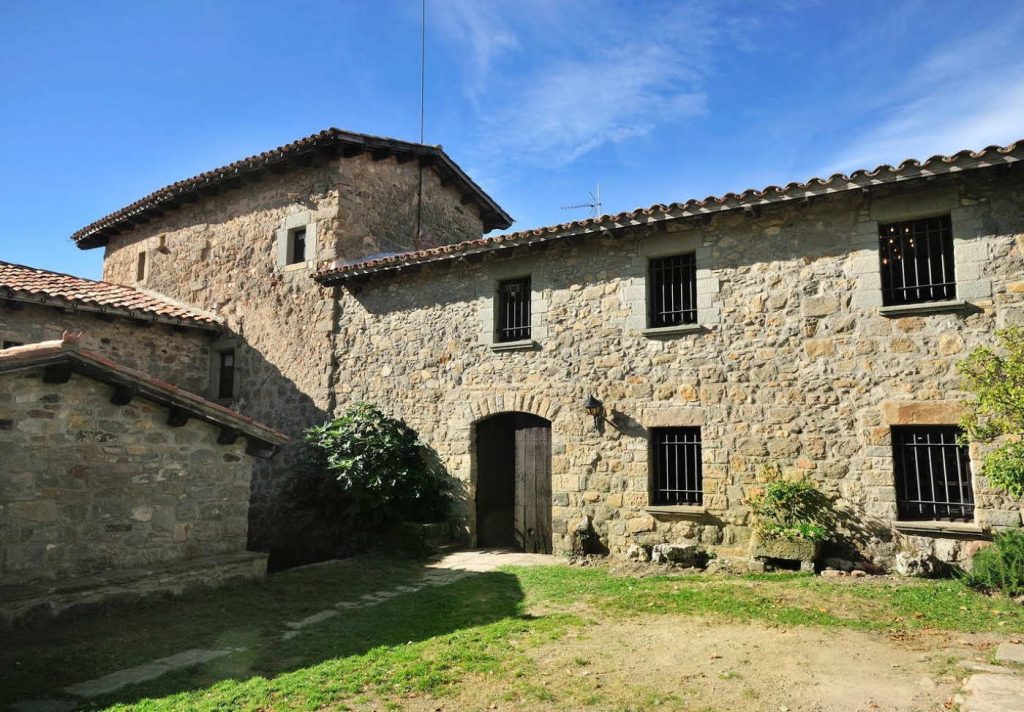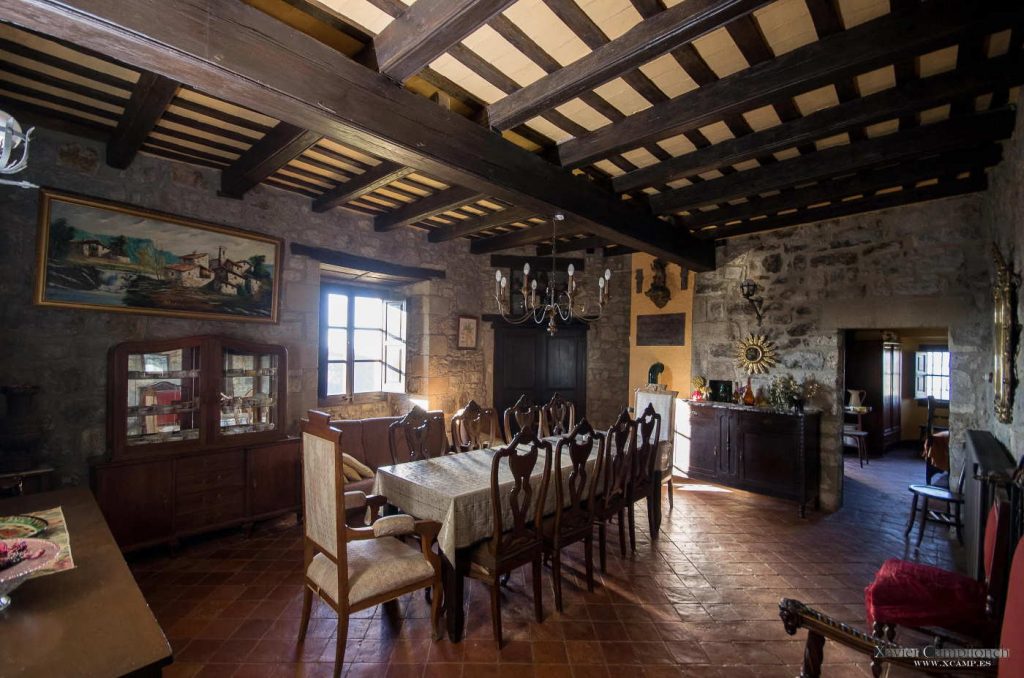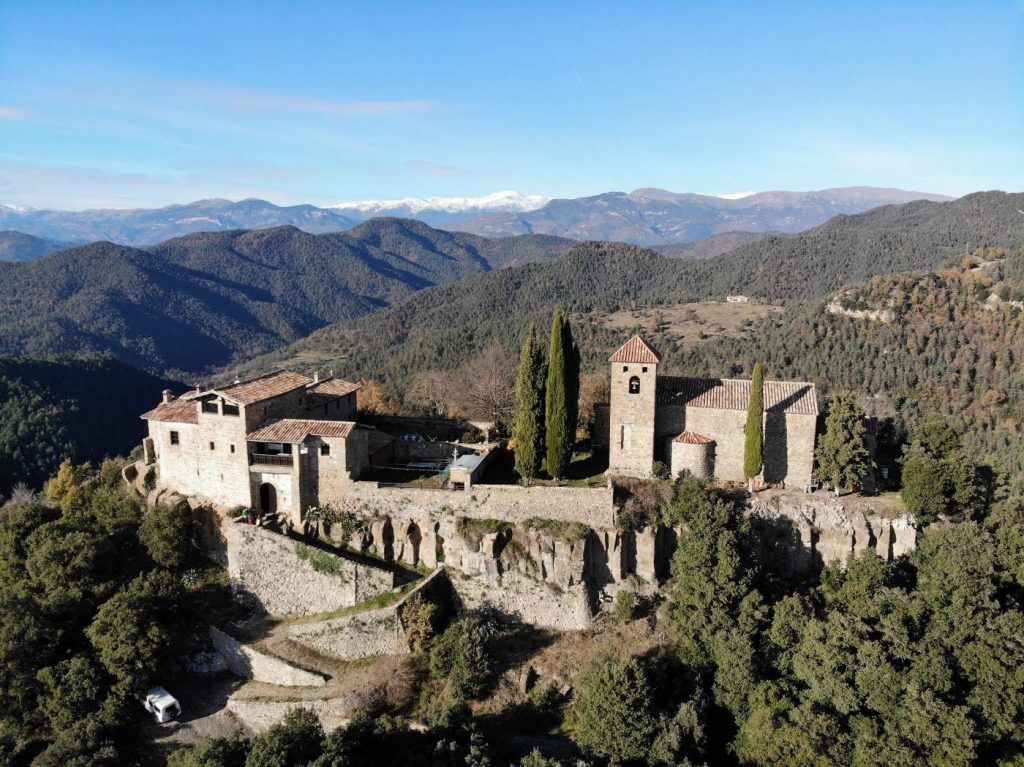We Live in a Spanish Castle – Meet the Couple who Rent this 10th Century Property

How many bedrooms/rooms are there in your castle?
The Castle has 8 double bedrooms (5 with double beds, and 3 with two single beds each), 4 full bathrooms, 2 living rooms, a fully equipped kitchen, a terrace and a garden.
How many sq ft/m of interior space?
The castle has approximately 600m2 (approx 6,500 sq ft) of interior space.
How much land is with the castle (acres/hectares) and type of land eg forestry, vines, etc?
Apart from the garden, the castle only has a small parcel of forested land – just in front of the castle, leading up to the main road.
What year does the castle originally date back to?
The first document referencing the castle dates from the year 919, so over 1100 years ago!
Was the castle income-producing when you bought it?
No. The castle was not income-generating when we took over in 2013. We had to start from zero and have built up the business over the intervening years.
Is the castle income-producing now? Is this your primary source of income?
Yes the castle does generate revenue through rental to tourists. It is our primary income, although Ginny has an extra job as well.
Did your castle come furnished? If you furnished it yourself, did you find it difficult finding the appropriate pieces of furniture?
Mostly furnished. We love old markets where you can find many interesting things that can really fit into the castle style.

Do you employ any staff to help you look after the castle? Is the maintenance and running of a large, historic property a financial burden?
We try to do it all by ourselves, otherwise it can create financial pressures, however for some types of jobs we need specialized people to help.
How much of an impact has living in a castle had on your life and what does it mean to you? Have you met people because of the castle who you otherwise might not have?
With the castle we feel that we’ve found our place in the world. It might sound very ‘romantic’, but this is how we feel. We might not be able to travel too much anymore for example, but we travel with the stories that our guests tell us about themselves. We learn a lot from each group of people that stay here, and we hope they take with them a little part of the history of the castle as well.
Have you become part of your local community? Is the castle in/near a village or town?
We are located 15km from the city of Ripoll, and 10km from the nearest town (Sant Maria de Besora). We definitely feel we are part of the local community.
Was the process of negotiating the rental agreement difficult? Did you still need to raise finance in order to take the project on?
In order to be able to rent the castle, we needed to borrow some money from the bank, and we had to visit many of them in order to find one that believed in this project.
What's the best thing about living in a castle?
We feel we are being part of the castle's history and we are helping to keep the history moving forward. We would so love to own it!
Would you ever leave the castle to live elsewhere?
We hope we can stay here forever, it is the way of life we have chosen.
Castell de Llaés is located in Catalonia, Spain. To find out more about staying there, click the link below;




